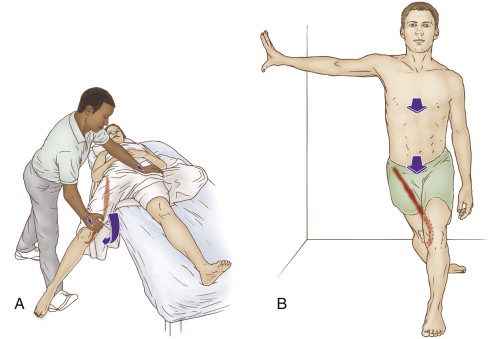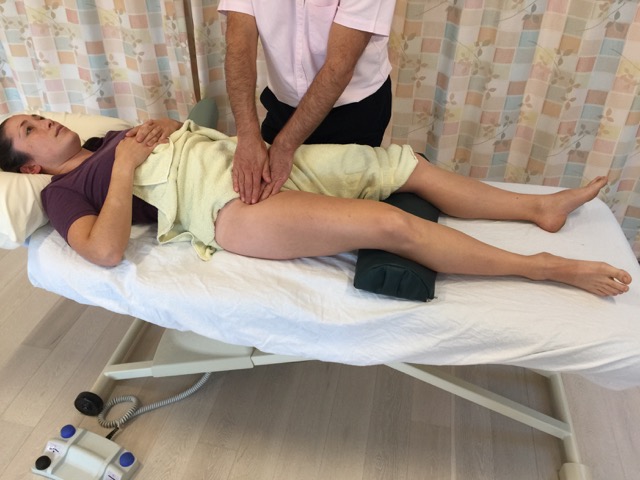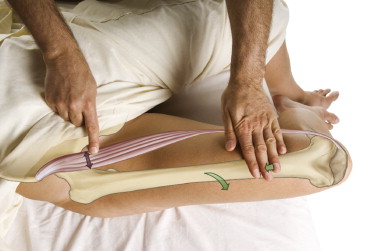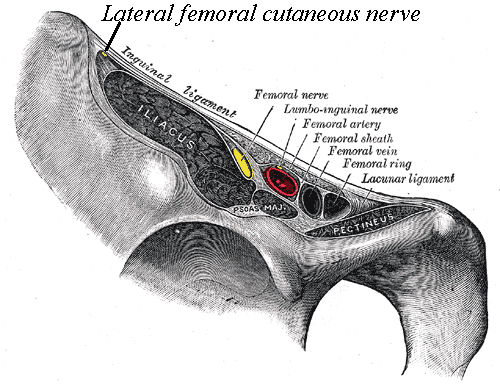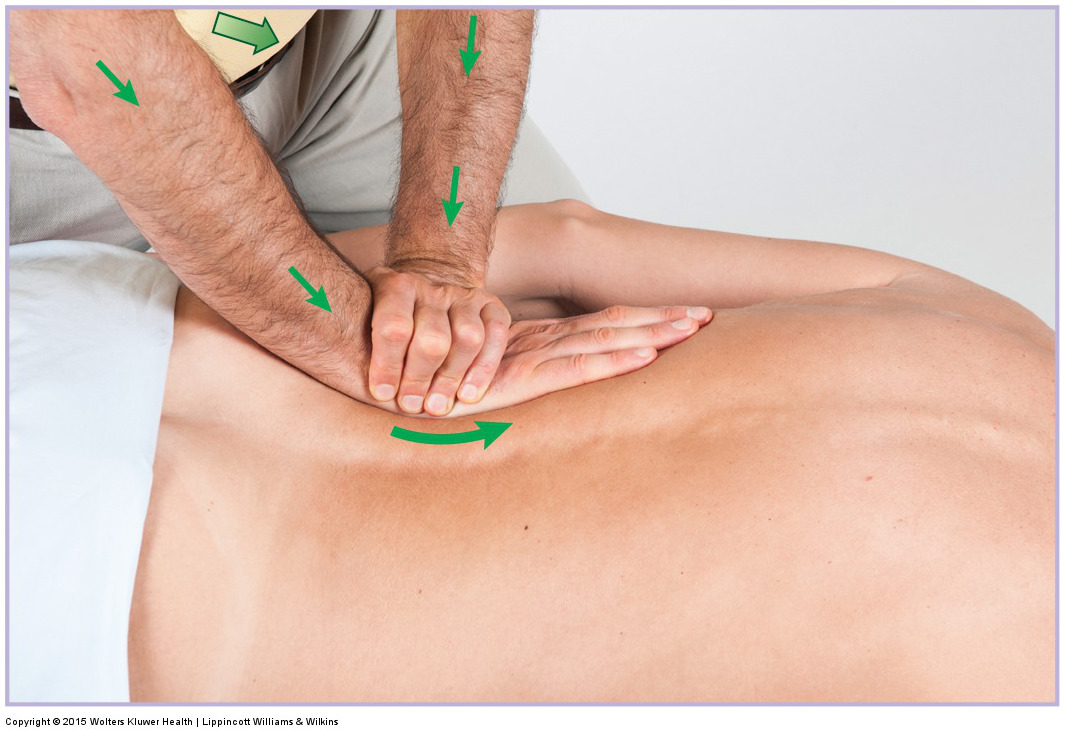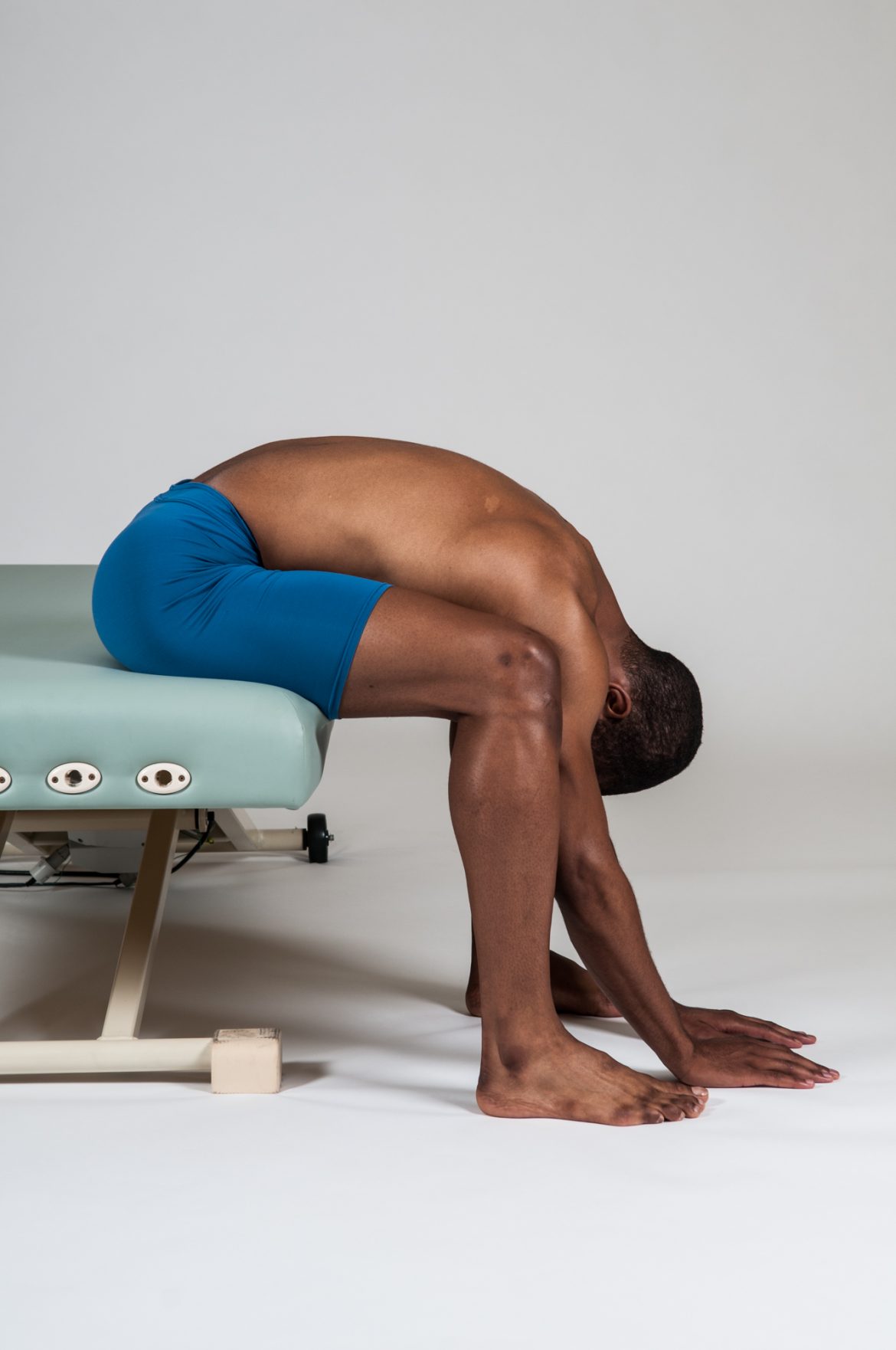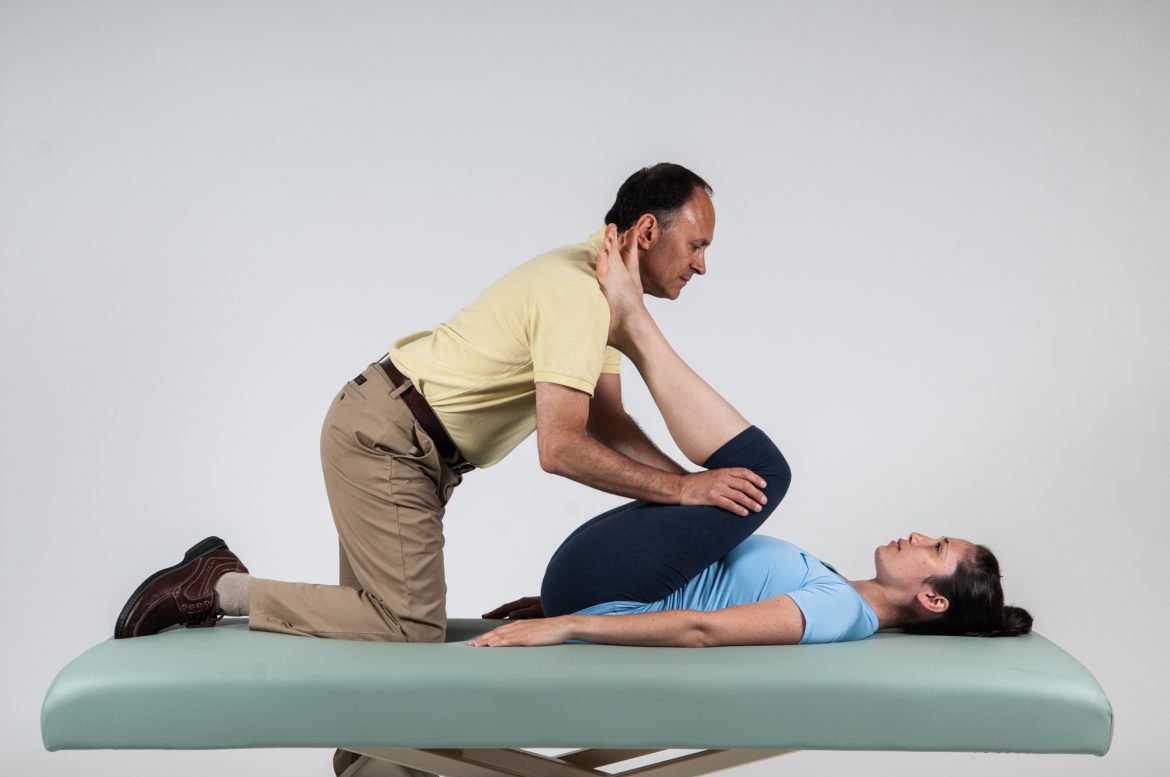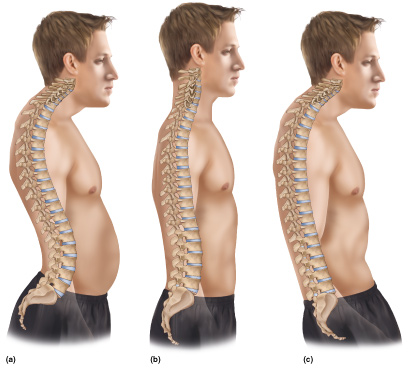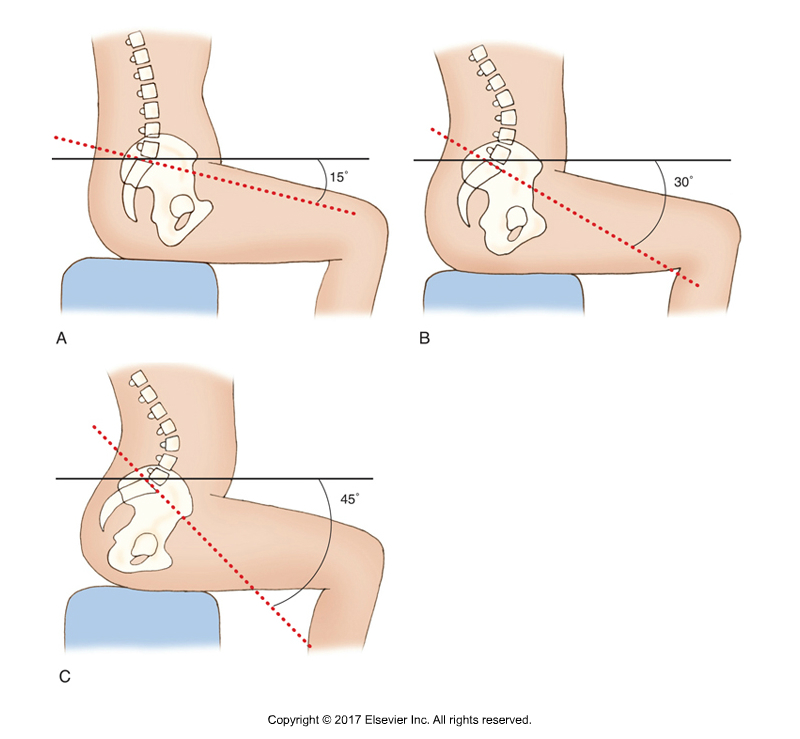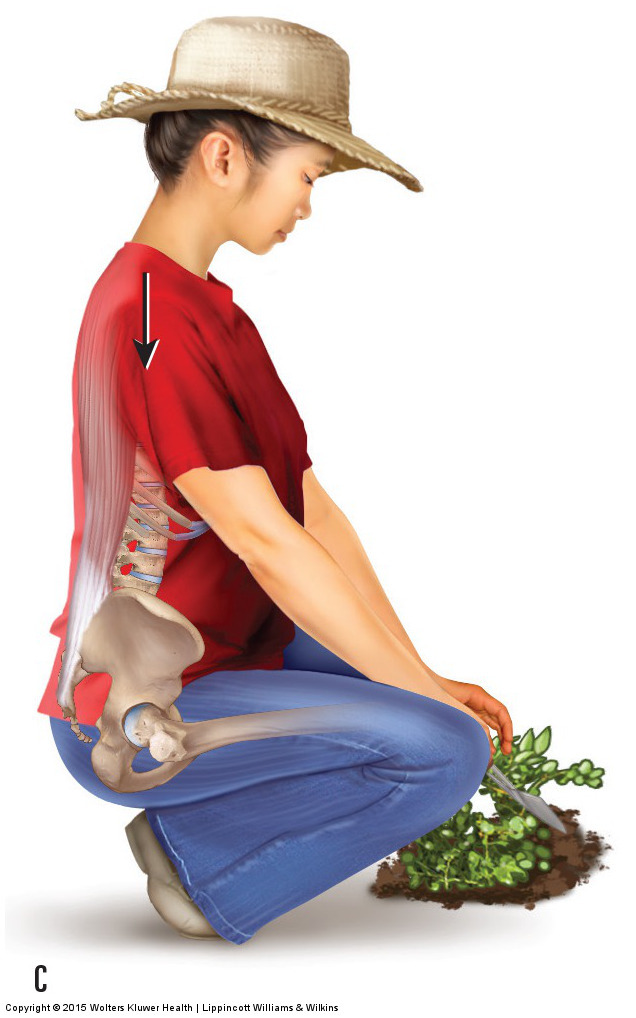Self-care for the client/patient: Self-care for meralgia paresthetica involves removing the physical stress factors that could contribute to the condition: avoidance of clothing or belts that are tight and/or press against the anterior hip, losing excess weight, and avoiding offending …
How do we treat meralgia paresthetica with manual therapy?
Manual therapy treatment: Manual therapy treatment for meralgia paresthetica is primarily oriented toward removing the physical stressors that are likely causing the condition. Advise the client/patient to wear clothing that is loose and comfortable and does not press against their …
What are the signs and symptoms of meralgia paresthetica and how do we assess (diagnose) a client/patient with this condition?
Signs and symptoms: Compression of a sensory nerve can decrease its transmission, causing altered sensitivity, in other words paresthesia. Paresthesia can be divided into decreased sensitivity, termed hypesthesia, and increased sensitivity, termed hyperesthesia. Compression of a nerve can block or …
What is meralgia paresthetica and what are its causes?
Introduction to meralgia paresthetica: Meralgia paresthetica is a condition in which the lateral femoral cutaneous nerve is compressed, causing pain or other altered sensation into the lateral thigh. The term “meralgia” literally means pain in the thigh; and the term …
A manual therapy case study on lower crossed syndrome.
Manual therapy case study: Kori is a 30-year-old store clerk how works at a high-end clothing store. Her low back has been tight for as long as she can remember, but she never had any pain until recently. The pain …
What are the self-care and medical approaches to lower crossed syndrome?
Self-care for the client/patient: When working with a client/patient for the treatment of lower crossed syndrome, the importance of client self-care is critical. First, the client must be advised to avoid collapsing into the lower crossed rounded posture as much …
How do we treat lower crossed syndrome with manual therapy?
Manual therapy treatment: Given that lower crossed syndrome does not cause pain in the early stages, clients/patients often do not present for treatment until this condition is very chronic and progressed, and therefore stubborn and resistant to treatment. However, if …
What are the signs and symptoms of and how do we assess (diagnose) Lower Crossed Syndrome?
Signs and symptoms: The first and most obvious sign of lower crossed syndrome is the characteristic postural dysfunction of increased anterior pelvic tilt with hyperlordotic lumbar spine. Upon palpation, the following muscles will most likely be found to be tight: …
What is lower crossed syndrome and what are its causes?
Introduction to lower crossed syndrome: Lower crossed syndrome describes the characteristic pattern of dysfunctional tone of the musculature of the pelvic girdle/lumbosacral region of the body. This condition is given its name because an “X,” in other words a cross, …
What are the self-care and medical approaches to low back strains and sprains?
Self-care for the client/patient: Self-care is an extremely important aspect of the treatment for low back strains and strains. First, the client/patient should avoid offending postures and activities such as bending and lifting. Prolonged sitting and standing should also be …

